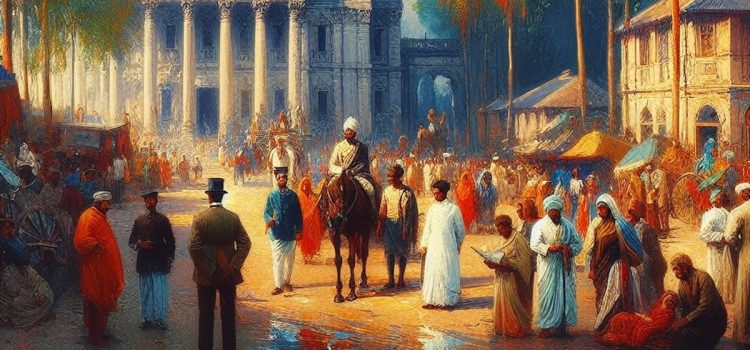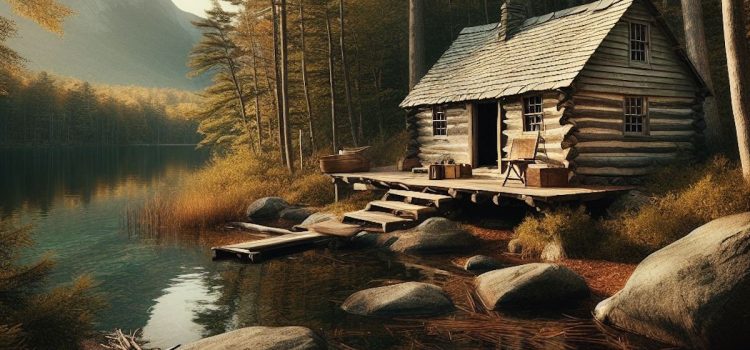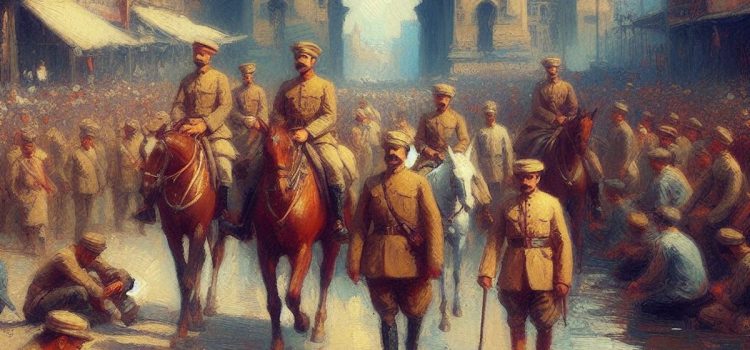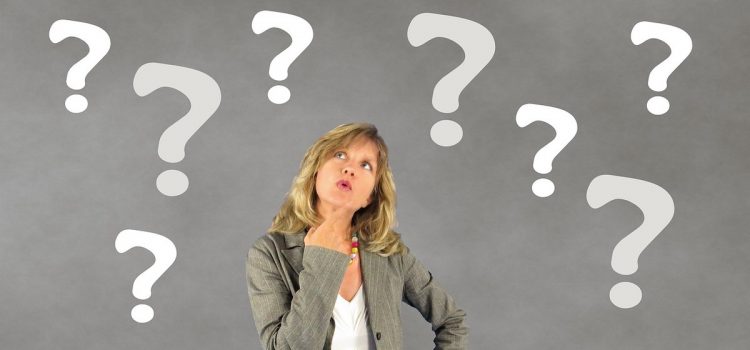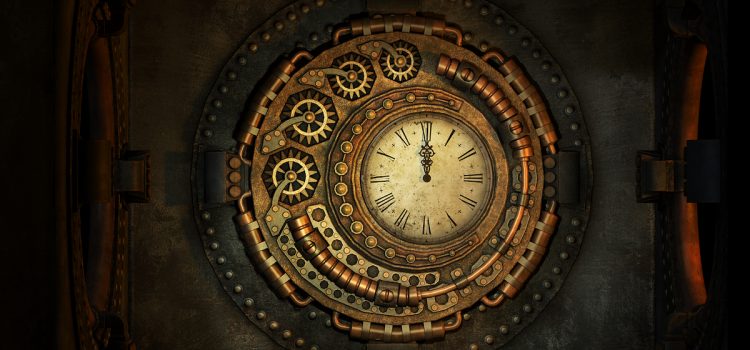Who are the Morlocks in The Time Machine? Are they evil? What do they represent? In The Time Machine, Morlocks are one of the species the Time Traveller encounters in the distant future. They prove to be a serious thorn in his side, but H.G. Wells still manages to present them as somewhat pitiable characters. Continue reading to learn about the Morlocks from this classic tale.
The Time Machine’s Morlocks: Villains or Merely Antagonists?


